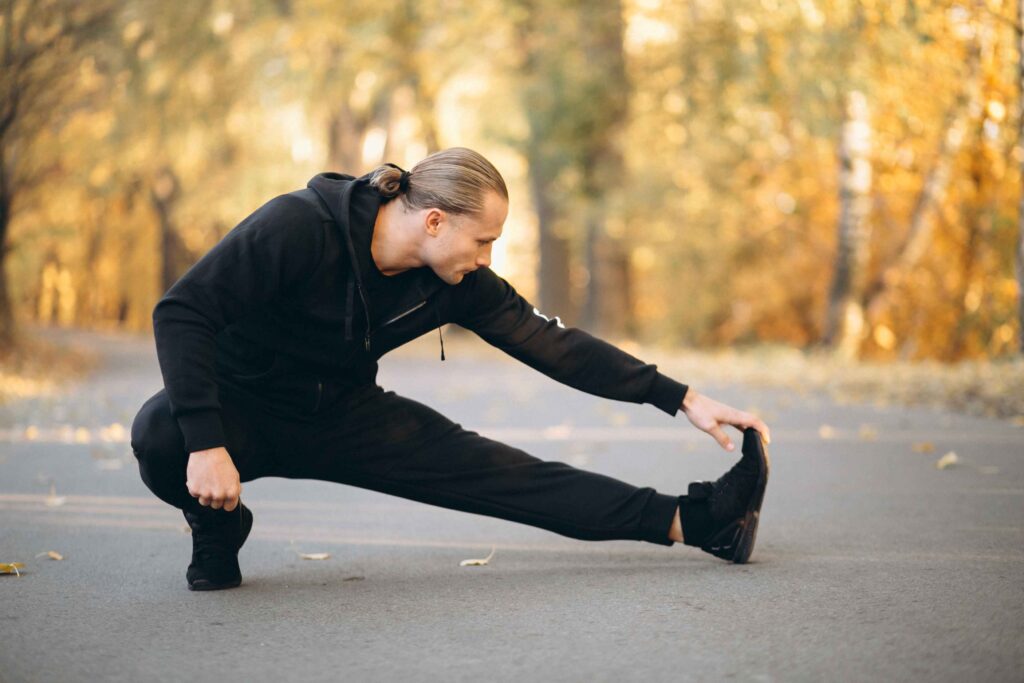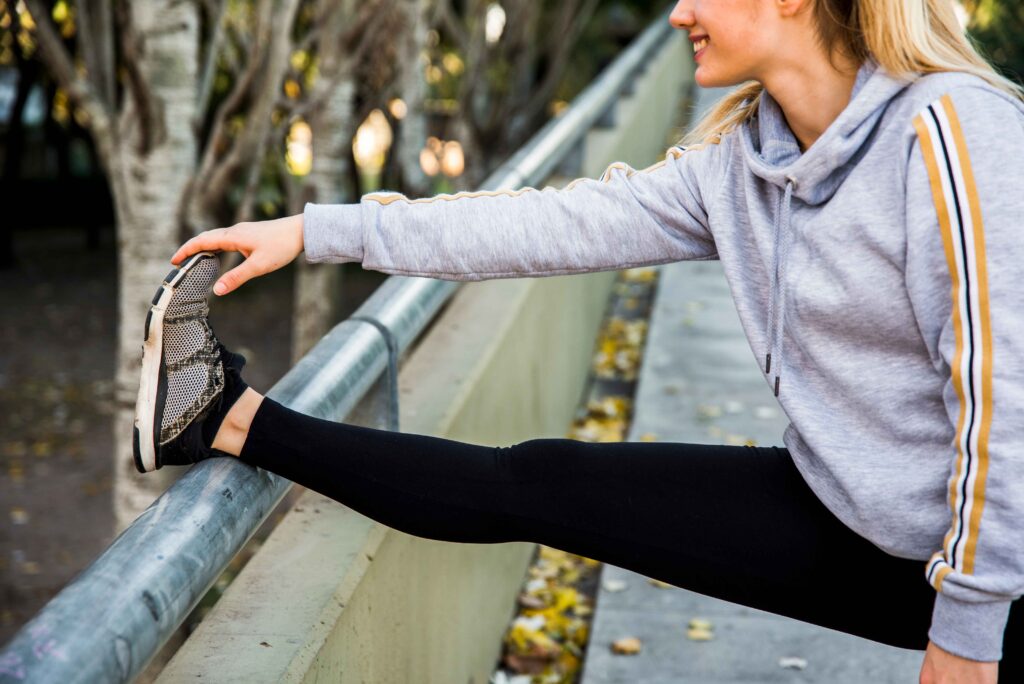Joint health is the cornerstone of mobility and overall fitness. Whether recovering from an injury, managing arthritis, or simply staying active without stressing your joints, joint-friendly training is the key to building strength, improving balance, and maintaining flexibility.
In this guide, we’ll combine actionable advice, science-backed principles, and a full-body, joint-friendly workout to help you achieve your fitness goals without sacrificing joint health.

Why Focus on Joint-Friendly Training?
Joints connect our bones and allow smooth movement, but they often bear the brunt of high-impact or repetitive exercises. Over time, poor exercise habits or age-related changes can lead to chronic pain, joint stiffness, or degenerative conditions. Joint-friendly training is a safe and sustainable approach to fitness that minimizes joint stress while enhancing strength and mobility.
Related: Joint-Friendly Lifestyle Habits for Better Mobility
Key Benefits of Joint-Friendly Training
- Pain Relief: Reduces discomfort and inflammation.
- Enhanced Mobility: Improves range of motion and reduces stiffness.
- Injury Prevention: Strengthens muscles that stabilize joints, lowering injury risk.
- Sustainability: Provides a low-impact fitness option for all ages and abilities.
Principles of Joint-Friendly Training
To ensure safe and effective workouts, follow these principles:
- Choose Low-Impact Exercises: Reduce joint stress by focusing on controlled movements.
- Emphasize Form and Technique: Proper posture and alignment protect joints and maximize results.
- Strengthen Stabilizing Muscles: Target the muscles around major joints for added support.
- Adjust Intensity Levels: Modify exercises to suit your comfort and fitness level.
- Incorporate Recovery: Stretch and rest adequately to promote joint recovery.

Full-Body Joint-Friendly Workout: A 15-Minute Routine
This workout is designed for all fitness levels and focuses on low-impact, joint-safe movements. It includes five exercises, each performed for one minute, to complete three rounds. Let’s dive into the steps:
Warm-Up (3–5 Minutes)
Begin with dynamic stretches to prepare your joints and muscles:
- Arm circles
- Leg swings
- Cat-cow stretches
The Workout: 5 Joint-Friendly Exercises

1. Seal Jacks (Cardio & Shoulder Mobility)
- Step left and right while moving your arms out to shoulder height, then squeeze back.
- Modify intensity by adding a slight squat or reducing arm movement.
- Keep your arms straight and shoulders engaged.
- Focus: Improves cardiovascular health and shoulder mobility.
2. Balancing Leg Lifts (Core & Stability)
- Lift one knee to hip height and hold for 3 seconds, then switch legs.
- Use a wall or chair for support if needed.
- To increase difficulty, try balancing with your eyes closed.
- Focus: Strengthens core, hips, and improves posture.
3. Modified Squats with Overhead Reach (Leg Strength)
- Perform a partial squat, then extend your arms overhead as you rise.
- For added resistance, use light dumbbells.
- If squats aren’t an option, substitute with side kicks or a standing march.
- Focus: Builds lower body strength while protecting the knees.
4. Shadow Boxing (Cardio & Coordination)
- Stand in a staggered stance (right-handed: right foot back).
- Throw quick punches while rotating your torso.
- Adjust speed and power to suit your fitness level.
- Focus: Enhances cardio, core strength, and coordination.
5. Calf Raises (Ankle & Knee Support)
- Raise your heels as high as possible, then lower slowly.
- Add intensity by holding dumbbells or pausing at the top.
- Focus: Strengthens calves and relieves pressure on knees.
Workout Format
- Perform each exercise for 1 minute.
- Rest for 30 seconds after completing all five exercises.
- Repeat for 3 rounds (total duration: ~15 minutes).
Cool-Down (3–5 Minutes)
End your session with stretches to improve flexibility and aid recovery:
- Quad stretch
- Hamstring stretch
- Child’s pose
Tips for Success with Joint-Friendly Training

- Start Slow: Gradually increase intensity as your joints adapt.
- Use Props: Chairs, resistance bands, or light weights can enhance effectiveness.
- Stay Consistent: Regular practice leads to noticeable improvements in joint health and overall fitness.
- Modify as Needed: Listen to your body and adapt exercises to suit your abilities.
Why This Routine Works
This workout incorporates cardio, strength, and balance training to provide a comprehensive, joint-safe fitness solution. It minimizes strain by emphasizing control, proper alignment, and low-impact movements while delivering maximum benefits.
FAQs on Joint-Friendly Training
1. Is this workout suitable for beginners?
Absolutely! Each exercise can be modified to match your fitness level.
2. Can joint-friendly training help with arthritis?
Yes. It strengthens muscles around joints, reducing strain and improving mobility.
3. How often should I perform this routine?
Aim for 2–3 sessions per week, paired with low-impact cardio and flexibility exercises.

Conclusion
Joint-friendly training is not just about avoiding pain—it’s about building strength, balance, and resilience in a way that supports long-term health. With this 15-minute workout and actionable tips, you can stay active and energized while protecting your joints.
Ready to get started? Give this routine a try and experience the benefits of joint-friendly training today!